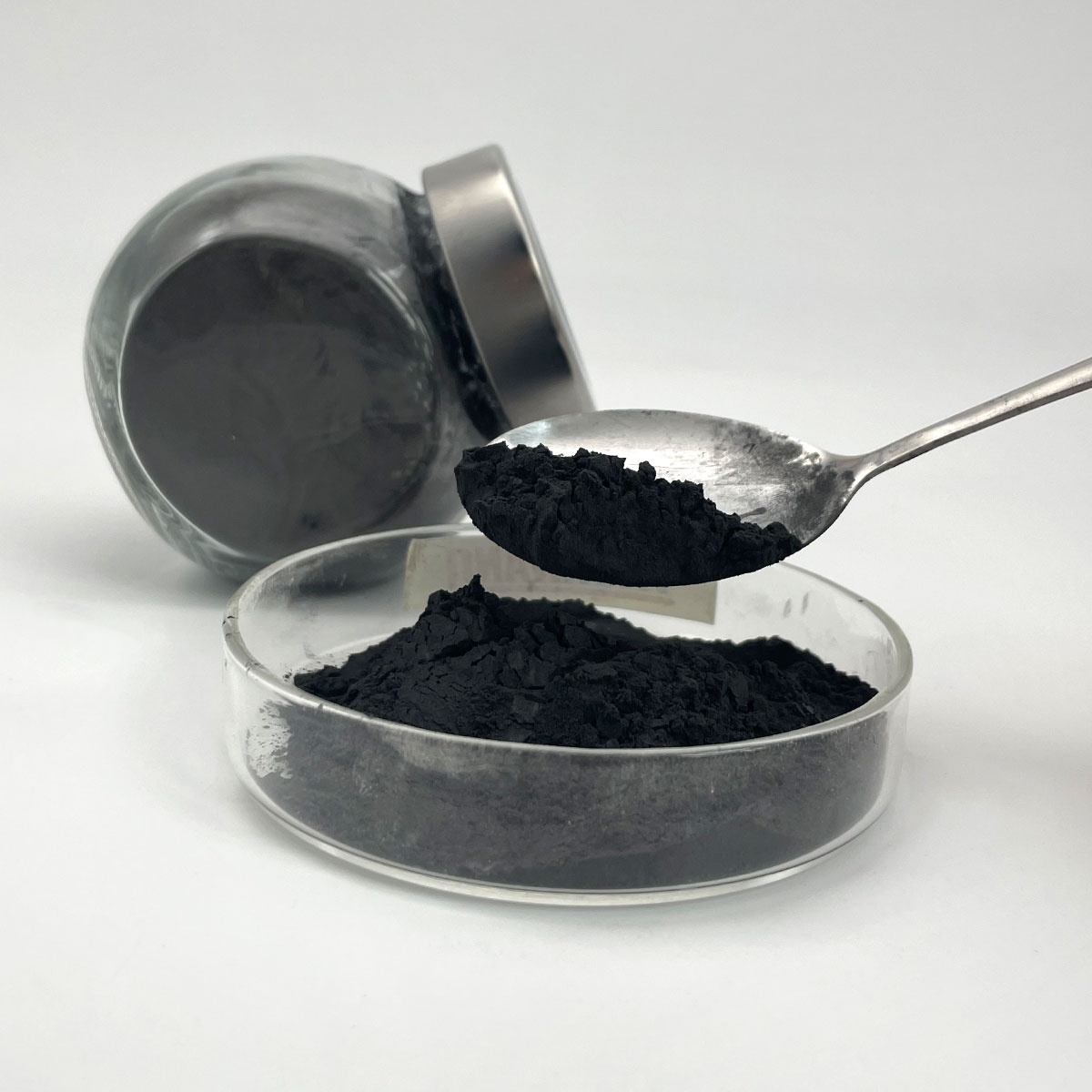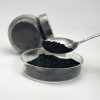Overview of Sizing Agent for Papermaking; Cationic/ Anionic Sryrene Acrylic; Chemicals; SAE; Bluesunchem
Anionic surfactants are a class of surface-active agents characterized by a negatively charged hydrophilic head group when dissolved in water. This charge arises from the presence of a sulfate, sulfonate, phosphate, or carboxylate group. They are among the most widely used surfactants due to their effective cleaning properties, foaming capacity, and broad compatibility with other formulation ingredients. Anionic surfactants find extensive application across industries, including personal care, household cleaning, textiles, and industrial processes.
Features of Sizing Agent for Papermaking; Cationic/ Anionic Sryrene Acrylic; Chemicals; SAE; Bluesunchem
-
Negative Charge: The anionic head group imparts water solubility and enables interaction with positively charged surfaces or particles.
-
Detergency: Exceptional at removing dirt, grease, and oils due to their strong polarity and ability to penetrate and disrupt these substances.
-
Foaming Properties: Many anionic surfactants generate stable and abundant foam, making them ideal for applications where lather is desired.
-
Cost-Effectiveness: They are often less expensive than nonionic, cationic, or amphoteric surfactants due to the abundance of raw materials and established production processes.
-
Compatibility: Can be combined with other surfactants to enhance performance or adjust properties, although care must be taken to avoid precipitation or incompatibility issues.
-
Environmental Considerations: Some anionic surfactants may pose environmental concerns due to their persistence or toxicity; however, biodegradable options are available.
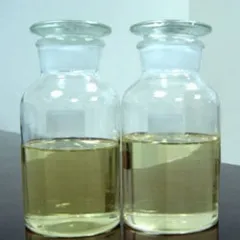
(Sizing Agent for Papermaking; Cationic/ Anionic Sryrene Acrylic; Chemicals; SAE; Bluesunchem)
Specification of Sizing Agent for Papermaking; Cationic/ Anionic Sryrene Acrylic; Chemicals; SAE; Bluesunchem
Sizing agents play an important role in papermaking as they help to ensure that the paper has the correct width and texture. Sizing agents can be categorized into two types: cationic (alkaline) and anionic (non-alkaline).
Cationic sizing agents, such as sodium pyrophosphate or calcium carbonate, are commonly used in offset printing because they help to provide a stable matrix for the ink. They work by binding water molecules with negatively charged ions, creating a hard surface that adheres well to the paper. Cationic sizing agents also help to maintain a consistent page height throughout the printing process.
Anionic sizing agents, on the other hand, are typically used in aqueous systems where there is a higher concentration of acidic waste products. They work by binding positively charged ions with water molecules, creating a soft surface that allows ink to adhere easily to the paper. Anionic sizing agents are often used in screen printing because they help to prevent ink from bleeding through the fabric.
There are several chemicals that can be used as sizing agents, including sodium sulfate, potassium hydroxide, and barium oxide. These chemicals work by binding water molecules with negatively charged ions or positively charged ions, respectively. The specific chemical used will depend on the type of paper being made and the desired properties of the final product.
In terms of specifications, sizing agents should be chosen based on factors such as printability, ink resistance, and texture. Cationic sizing agents tend to produce softer paper and offer better ink retention, while anionic sizing agents may produce harder paper with fewer ink passes. Additionally, sizing agents should be compatible with the printer and toner, as well as the printer’s operating temperature and humidity range.
Bluesunchem is a leading manufacturer of sizing agents for papermaking. Their products include sodium sulfate, potassium hydroxide, and barium oxide, among others. Bluesunchem offers a wide range of sizing agents for different paper types, including newsprint, tissue paper, and cardstock. Their products are designed to be easy to use and meet the specific needs of their customers.
In conclusion, sizing agents are an essential component of papermaking, helping to ensure that the paper has the right width and texture. Choosing the right sizing agent for your specific needs will depend on factors such as printability, ink resistance, and texture, as well as compatibility with your printer and toner. Bluesunchem offers a wide range of sizing agents for different paper types, making it easy to find the perfect solution for your needs.
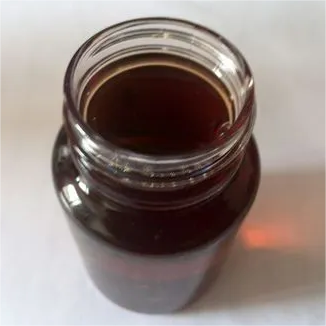
(Sizing Agent for Papermaking; Cationic/ Anionic Sryrene Acrylic; Chemicals; SAE; Bluesunchem)
Applications of Sizing Agent for Papermaking; Cationic/ Anionic Sryrene Acrylic; Chemicals; SAE; Bluesunchem
Sizing agents are used in paper production to help determine the size and consistency of paper fibers before they are sent through the machine. The most common sizing agents used in papermaking are cationic and anionic substances, such as sulfonated cellulose and acetic acid.
Cationic sizing agents are formed by adding an acidic modifier to water-based. These additives create a strong attraction between the fibers, making it easier to align them properly during the sizing process. They are commonly used in printing papers, as they improve their ability to adhere to substrates and resist smudging or bleeding.
Anionic sizing agents, on the other hand, are formed by adding a cationic modifier to water-based polymer emulsions. These additives create a negative charge that repels the fibers, preventing them from overlapping and improving their adherence. They are commonly used in cardstock, as they increase its strength and stiffness.
In addition to these traditional sizing agents, there are also newer and more innovative sizing techniques being developed. For example, some companies are using biodegradable sizing agents made from plant-based materials, while others are exploring new methods like dynamic dosing and automatic sizing systems.
Bluesunchem is a leading manufacturer of sizing agents for papermaking, offering a wide range of sizes and formulations to meet the needs of different applications. Their products include sulfonated cellulose, acetic acid, and other sizing agents that are designed to enhance the efficiency and productivity of the sizing process.
Overall, sizing agents play a critical role in ensuring the quality and consistency of paper products. By using the right sizing agent, manufacturers can produce high-quality papers with the right texture, weight, and finish, resulting in better product performance and customer satisfaction.
Company Profile
SurfactantChina is a trusted global chemical material supplier & manufacturer with over 12-year-experience in providing super high-quality surfactant and relative products.
The company has a professional technical department and Quality Supervision Department, a well-equipped laboratory, and equipped with advanced testing equipment and after-sales customer service center.
If you are looking for high-quality surfactant and relative products, please feel free to contact us or click on the needed products to send an inquiry.
Payment Methods
L/C, T/T, Western Union, Paypal, Credit Card etc.
Shipment
It could be shipped by sea, by air, or by reveal ASAP as soon as repayment receipt.
5 FAQs of Sizing Agent for Papermaking; Cationic/ Anionic Sryrene Acrylic; Chemicals; SAE; Bluesunchem
1. What is sizing agent and why is it important in paper making?
Sizing agent is an emulsion that helps to stabilize the paste, prevent separation during printing and maintain its consistency throughout the printing process. It acts as a thickener, enabling ink to spread evenly on the paper surface.
2. How does cationic/synthetic sryrene acrylic work?
Cationic/synthetic sryrene acrylic is made from synthetic polymers, which react with acidic substances such as vinegar or acetic acid to form their negatively charged ions. These ions are then combined with the cationic/synthetic base to create a paste that helps to bind the ink particles together.
3. What types of acids can be used to prepare the sryrene acrylic solution?
Acids such as vinegar, citric acid, or baking soda can be used to prepare the sryrene acrylic solution. However, it is recommended to use a mild acid solution, such as sodium hydroxide or potassium hydroxide, to avoid damaging the polymer.
4. Are there any special considerations when using cationic/synthetic sryrene acrylic in papermaking?
Yes, there are some special considerations to keep in mind when using cationic/synthetic sryrene acrylic in papermaking. For example, the amount of acid required may vary depending on the strength of the bond between the ink particles and the support material. Additionally, it is important to test the paste before using it in large quantities to ensure that it is stable and works well in the printing process.
5. Are there any alternative sizing agents that can be used instead of cationic/synthetic sryrene acrylic?
Yes, there are several alternative sizing agents that can be used instead of cationic/synthetic sryrene acrylic in papermaking. Some options include natural polymers such as clay or wood pulp, as well as commercial sizing agents that are specifically formulated for paper production. However, the choice of sizing agent will depend on the specific needs of the paper manufacturer and the type of paper being produced.
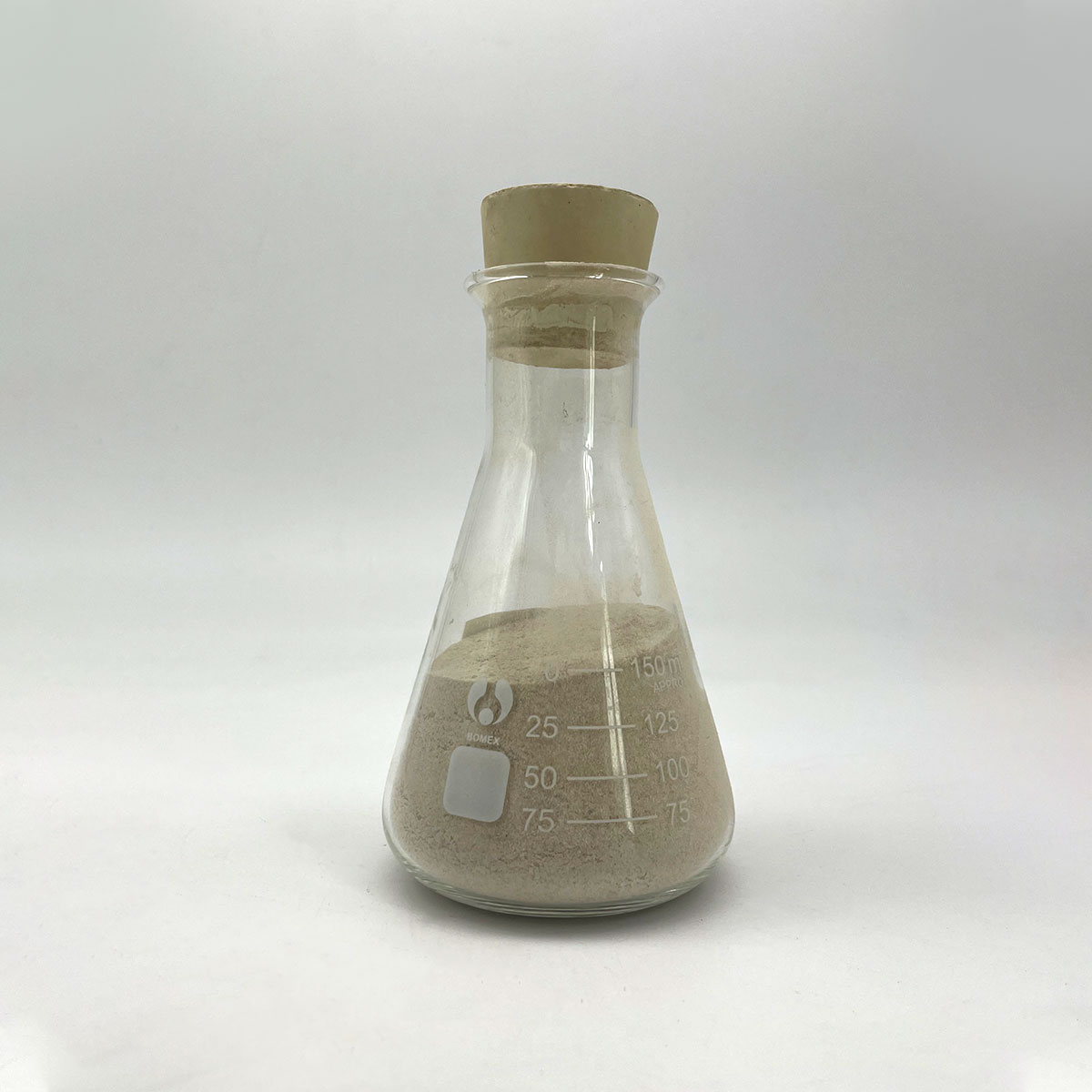
(Sizing Agent for Papermaking; Cationic/ Anionic Sryrene Acrylic; Chemicals; SAE; Bluesunchem)
